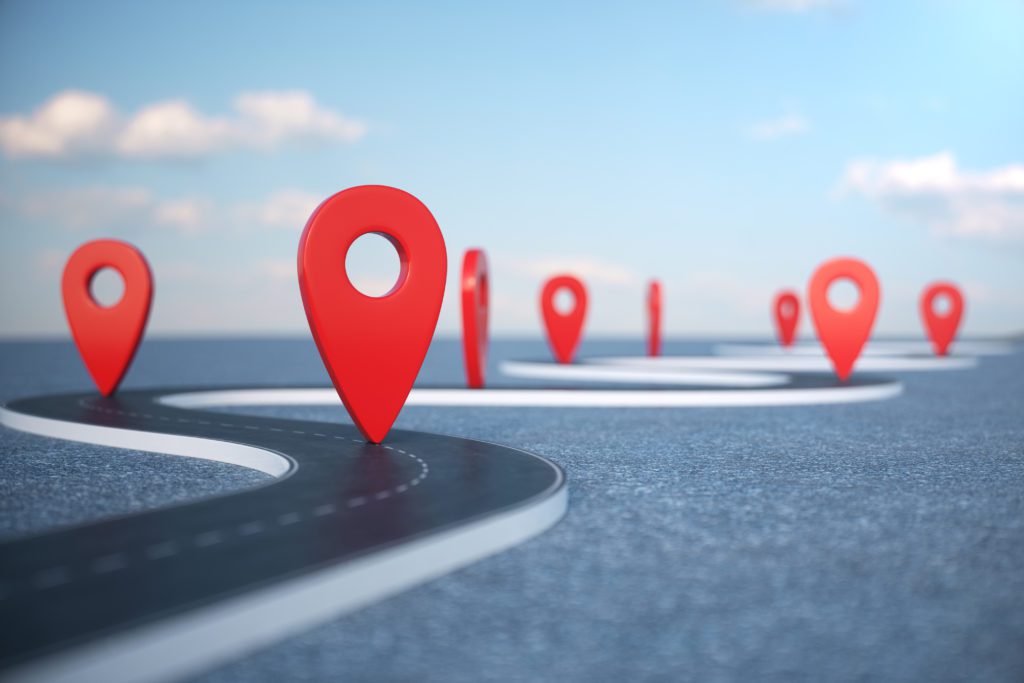
“There is no doubt in my mind that without SAFe and Rally we would not have launched this in only 140 days. It is also our best new product ever.”
Industry:
Consumer Electronics
Introduction
Best known for being a global leader in navigation and mapping products, TomTom also creates GPS sports watches, as well as state-of-the-art fleet management solutions and industry-leading location-based products. They are the mapping provider for Apple Maps, and the maps and traffic data provider for Uber drivers in over 300 cities worldwide. Headquartered in Amsterdam, TomTom generates 1 billion euros in annual revenue, with 4,600 employees worldwide.
In 2012, the organization was facing a number of challenges:
- Organised as waterfall projects
- Many projects working in all parts of the code with minimal module or component ownership
- Many releases are months-quarters late
- Multiple code lines and branches
- Negligible automated testing & no continuous integration
- “downstream” teams spend 3,4,5 months accepting the code and often changing it
- Poor visibility and facts-based decision-making
After reading Dean Leffingwell’s Agile Software Requirements—their SVP read it cover-to-cover on his vacation—they decided to transition to SAFe. Their first step was to provide SAFe training for their CTO, SVPs, and 50 CSMs and CPOs. From there they began reorganizing from the Scrum teams up, arranging product clusters and component Scrum teams around the idea of one Agile Release Train (ART) per product.
Six months into the SAFe transition, they were given a previously unheard-of goal of a 126-day launch cycle for their 4th generation of consumer navigation products. This put SAFe to the test, as it cut their development time down almost two-thirds from what was previously a 1-year cycle. Launching 5 ARTs—1 product each—they assigned 4-14 teams to each train, working across multiple locations.
Highlights of SAFe Benefits
- Reliable and predictable releases of production code
- Fail fast (<2 weeks) is better than after 6 months
- Detect/prevent issues with each new submission
- No bottleneck at the end
- Reduces waste as others stay up to date
- Improved transparency and info sharing
- Teams establish ways of working & esprit du corps
- Improves estimating by allowing historical comparisons
- Team controls their own commitments
- Sustainable development

Today SAFe is practiced by all of TomTom’s large product teams representing navigation software, online services, map creation and sports software. That represents approximately 750 FTEs, with 200+ trained and certified in SAFe.
Their 32-page case study is well worth the read as it summarizes their experience over a 5-year period, revealing both wins and challenges. Their breakdown of the “Good” the “Bad,” and the “Ugly,” makes it particularly interesting for any large enterprise wanting to understand the ins and outs of a real world SAFe adoption.
A special thanks to TomTom’s James Janisse, VP Connected Navigation System, and Han Schaminee, SVP Location Technology Products, for sharing your story.
Share:
Back to: All Case Studies
Suggested Case Study:
Air France- KLM